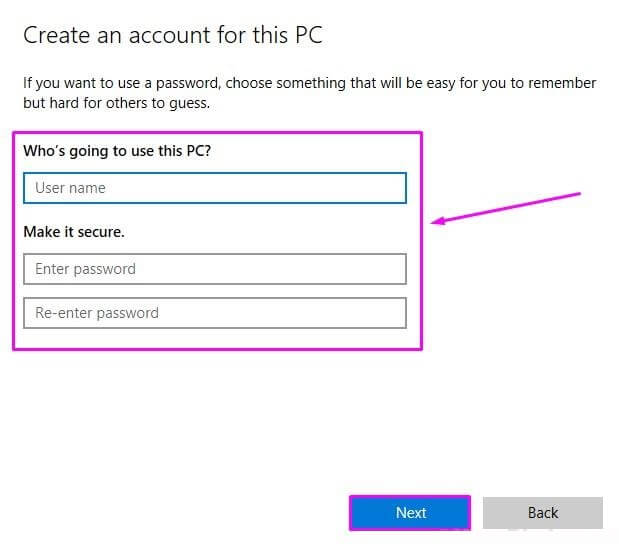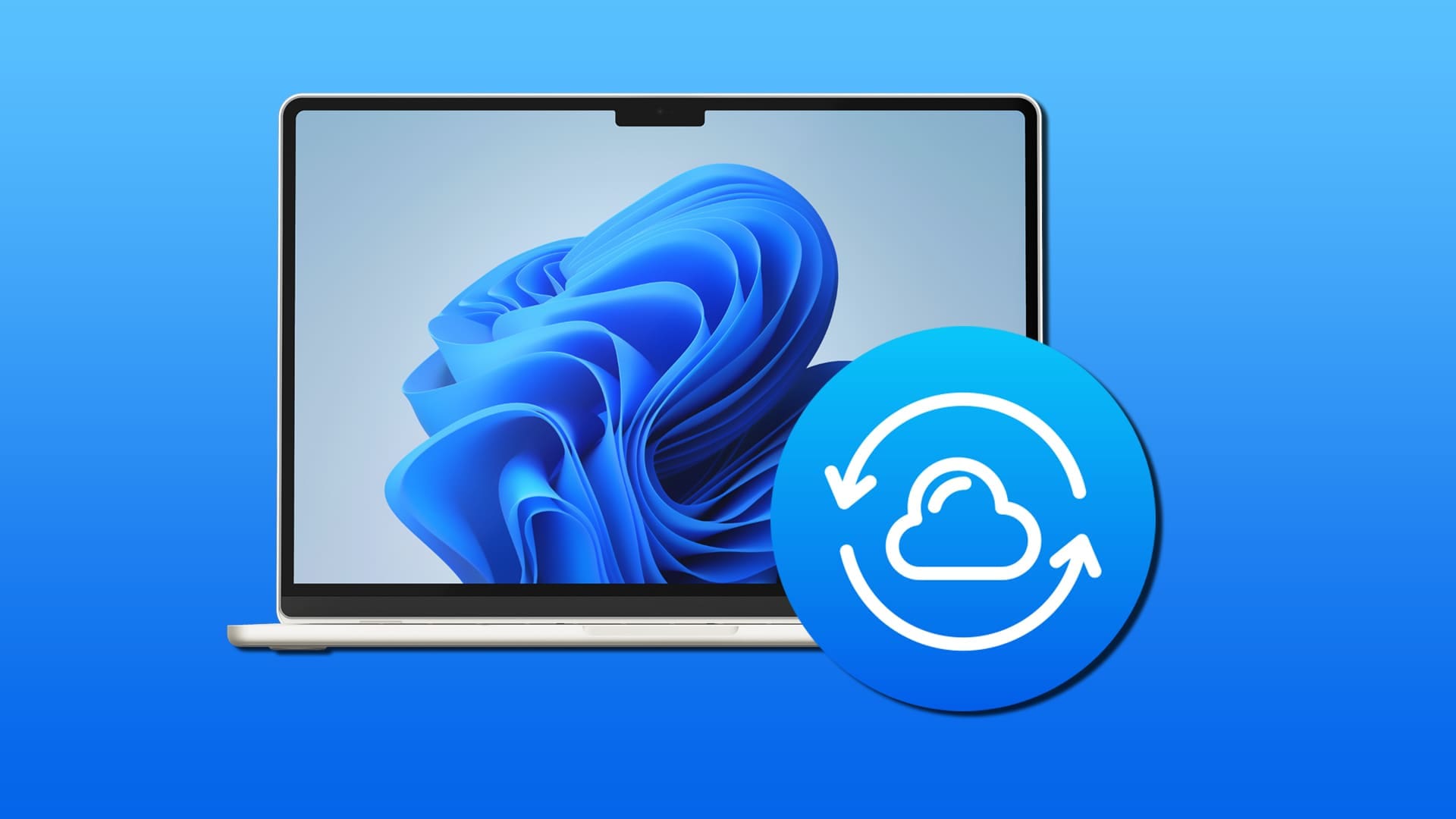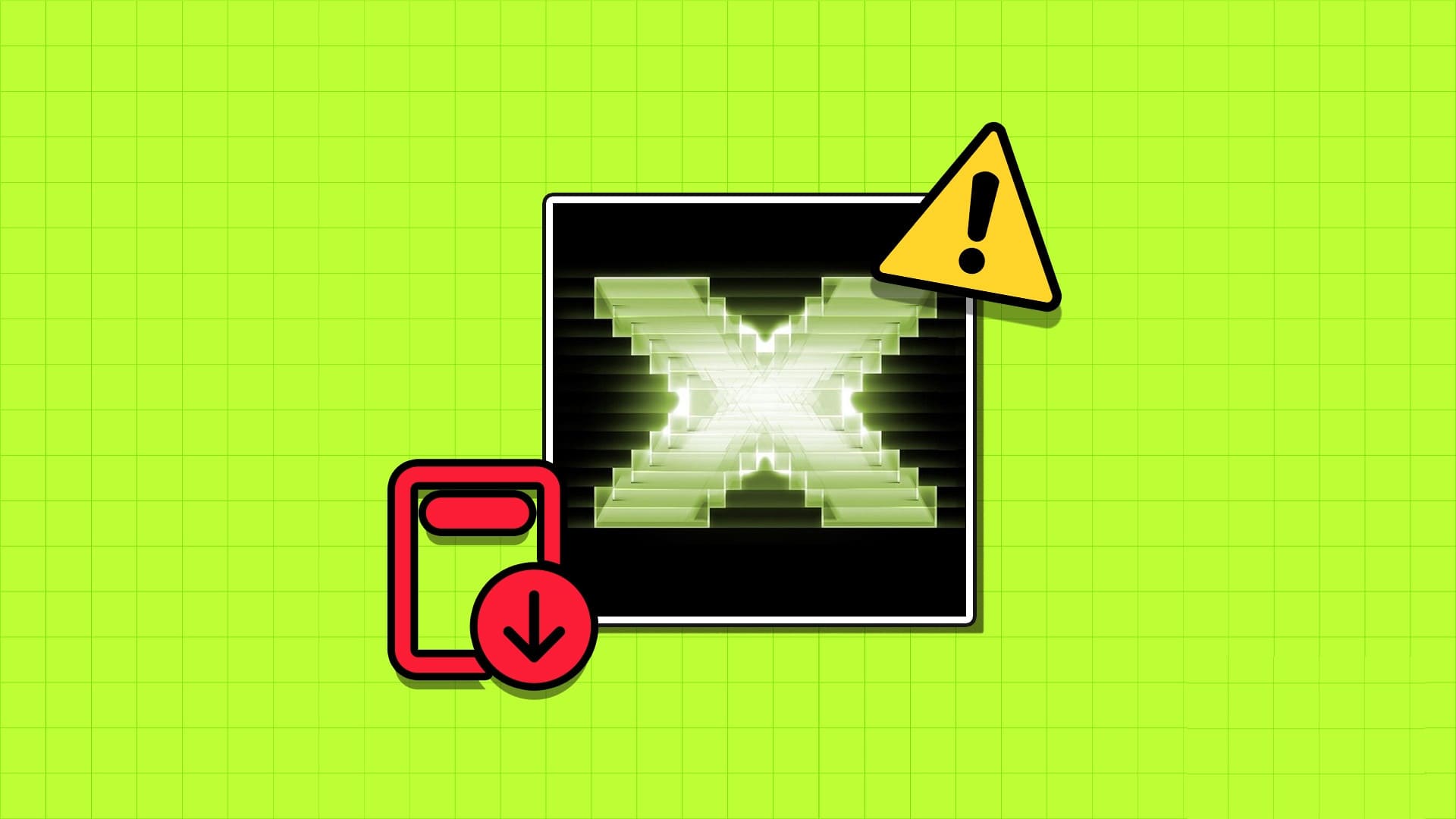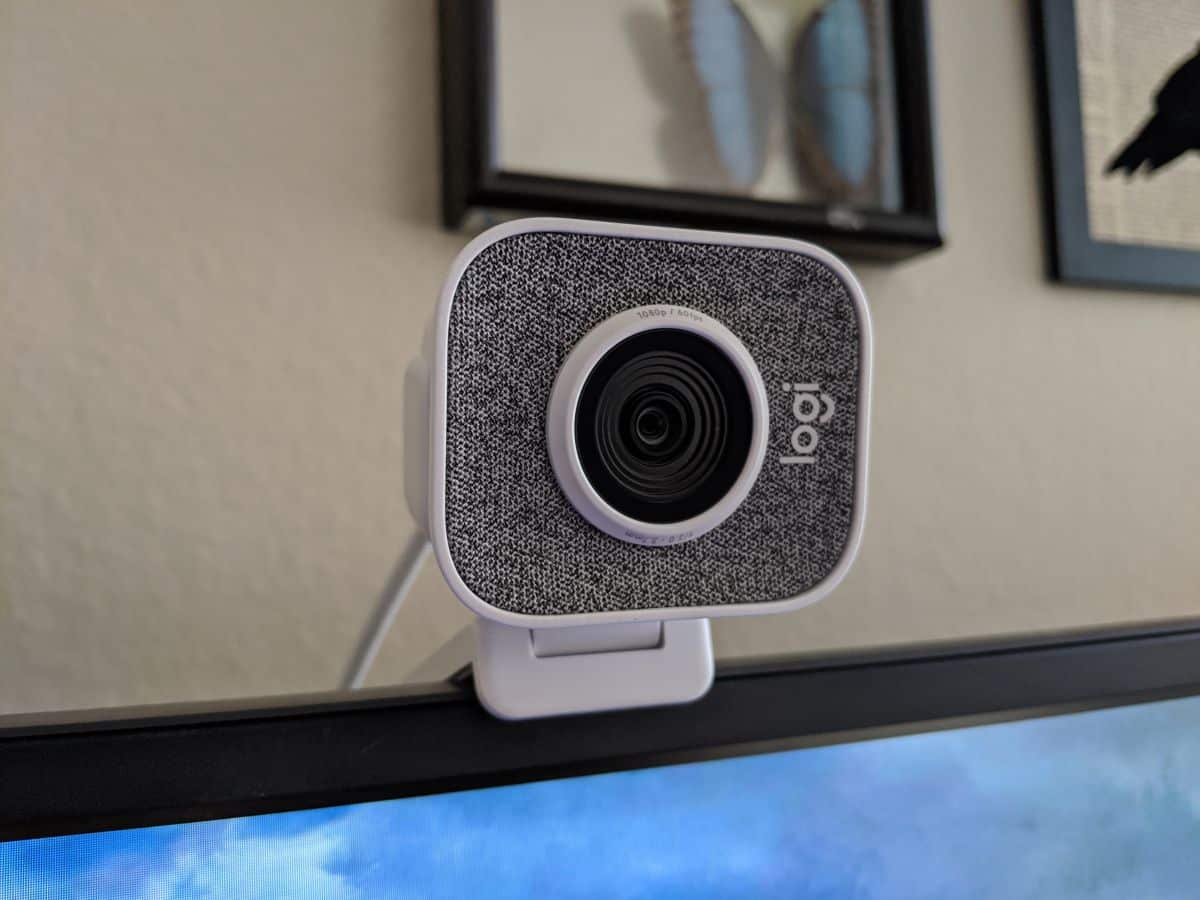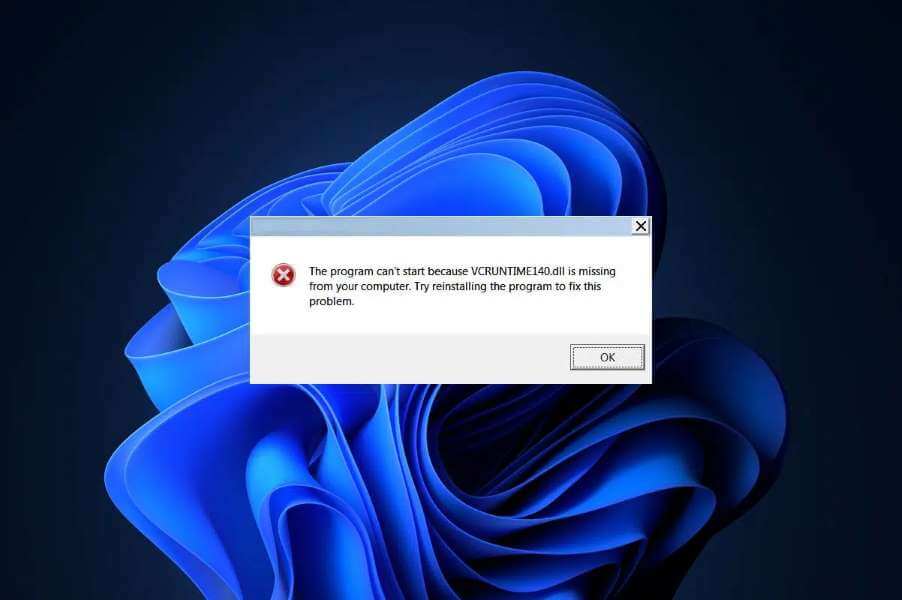The microphone and audio quality on your computer may still be subpar, even if you're using high-end audio input and output devices. Fortunately, Windows 10 and 11 come with several built-in enhancements that can help you achieve a superior audio experience. We've compiled a series of tips to help you improve your audio and microphone quality in Windows.

Tip: Get to know Methods Setting up Dolby Atmos or surround sound on Windows 11.
Windows 11 allows you to manually optimize audio features for each audio device connected to your PC. Follow the steps below to optimize audio features for output/input devices:
- Go to the app Settings By right-clicking start menu.

2. Go to "the system" In the right pane, click the option "the sound" On the right.
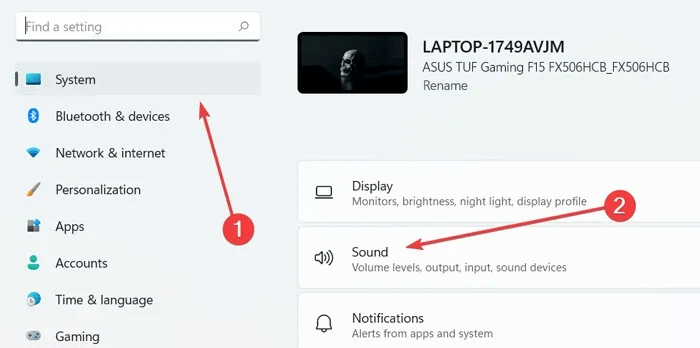
3. Select All audio devices within the section "Advanced Options".
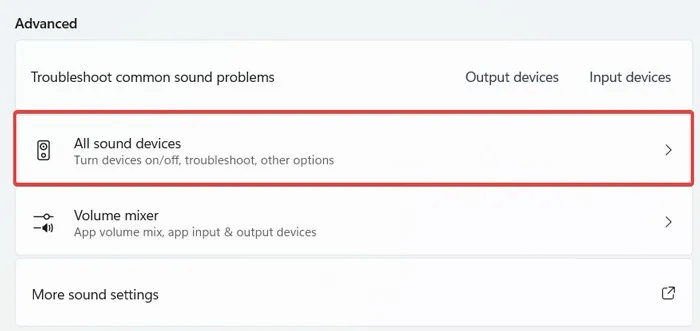
4. Select the audio device you want to enhance either under the section output devices Or Input devices.
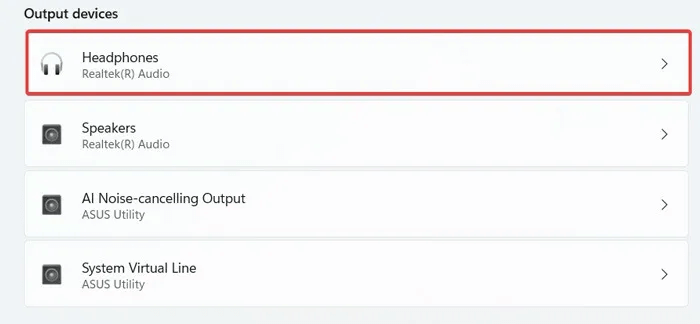
5. Scroll down to find the option "Sound enhancement" within the section “Output/Input Settings” Click on it to run it.
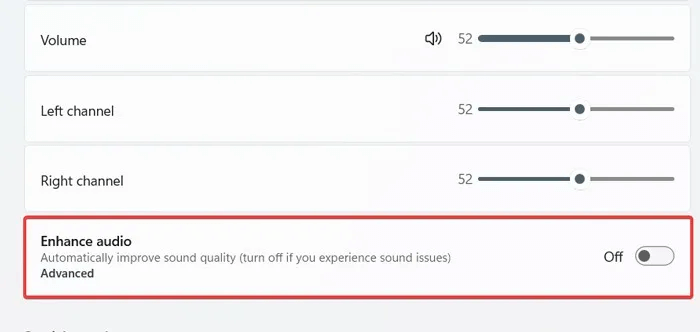
In some cases, turning on the audio boost feature can cause more audio issues on your Windows PC. If this happens, repeat the same steps to turn it off before moving on to the next solution.
2. Configure optimization settings
Windows 11 audio devices, such as Realtek, offer audio enhancement features. Follow the steps below to enable them.
- Open Settings -> System -> Sound -> Advanced options and select “More sound settings”.
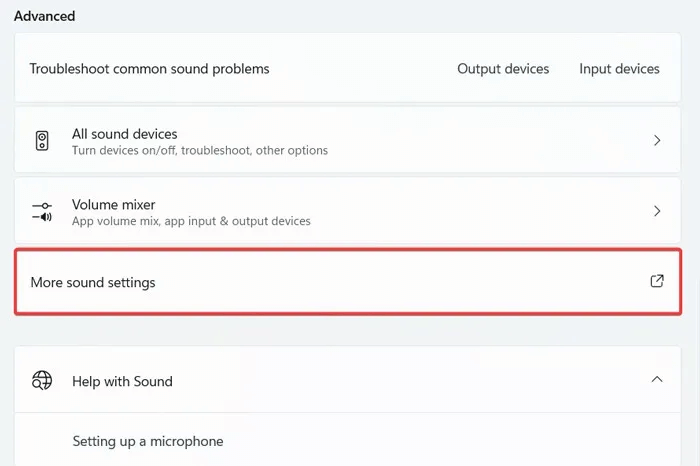
2. Click on one of the devices we choose here, such as "speakers" , then choose "Characteristics".
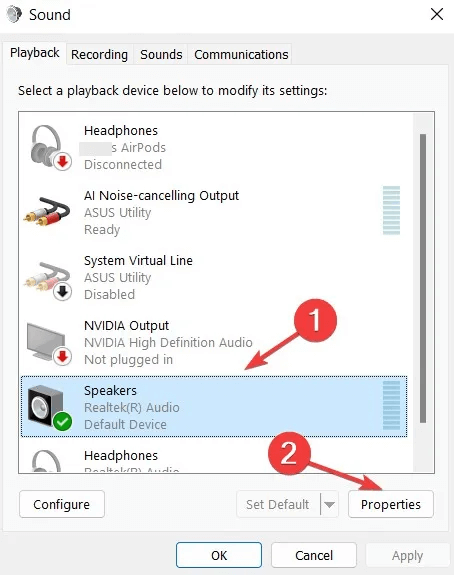
3. Go to the tab "Improvements" , and make sure it is running. "immediate situation" Choose your preferred sound effects from the list, such as “Voice Cancel” or "Quick Jump" , then press "Application" to save the settings.
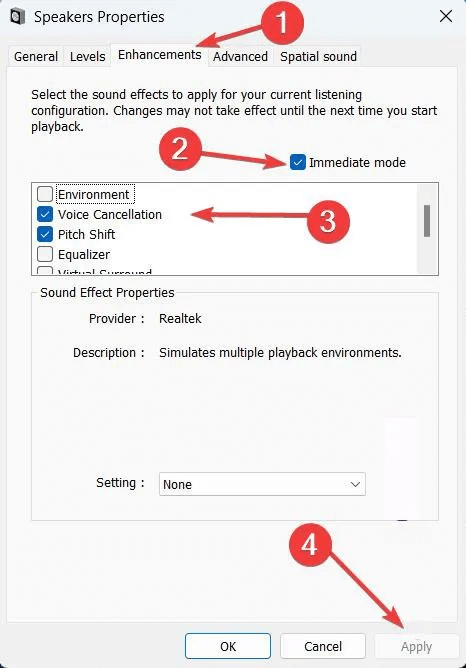
3. Increase microphone levels
Low-quality microphone audio can occur for two reasons: a quality issue with the microphone array or low microphone volume. Correct this situation by following the steps below.
- Make sure to turn on Improved voice for microphone array in "Input Section" , as shown above.
- If the above solution doesn't improve the quality of your microphone array, you may want to try increasing its volume. Find an app "control Board" From the start menu, open it by clicking on it.

3. Select an option Hardware and Sound.
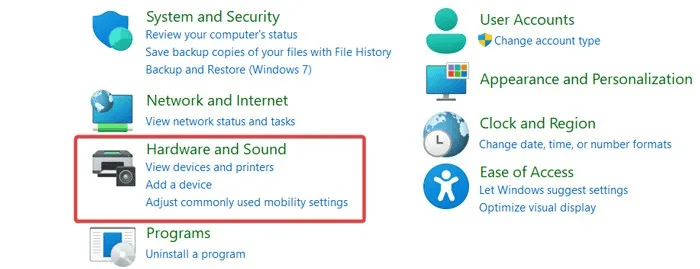
4. Within The voice , tap on"Manage audio devices".
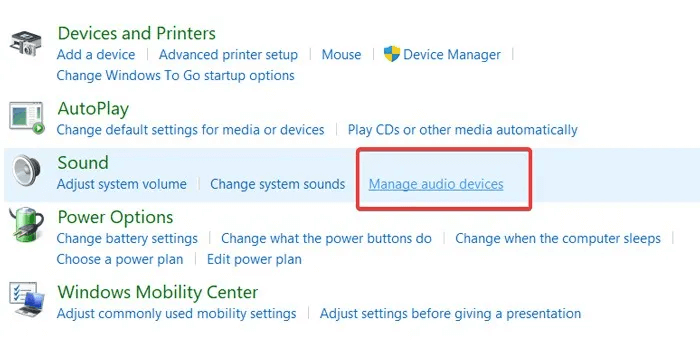
5. At the top of the pop-up window, go to the tab "Registration" , then click on the microphone used and choose "Properties".
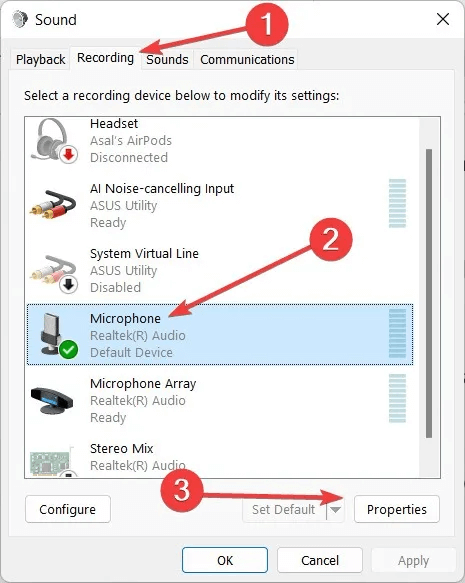
6. Click on the tab Levels To find the volume bar microphone , change the volume by dragging the arrow to the right, then press "Application" To save changes before closing the window.
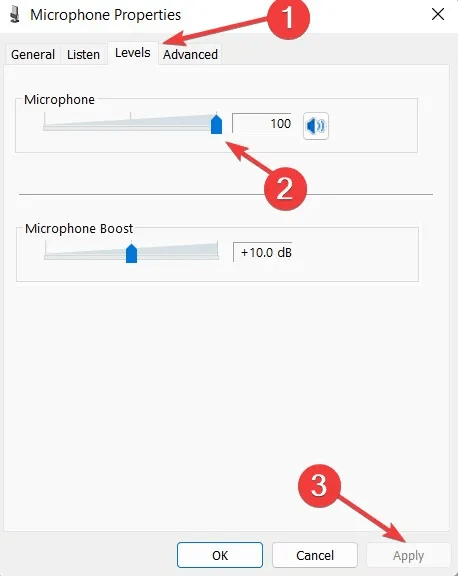
Tip: Test your microphone in the Settings app to see if it's working. If it's Microphone not working You may need to reinstall your audio drivers.
4. Activate spatial audio
Enabling Spatial Sound will simulate a surround sound setting, which also improves the sound quality of your audio device. Follow the steps below to enable it.
- Open “Settings -> System -> Sound.”
- Select the output device you want to change, and then click the arrow next to it.
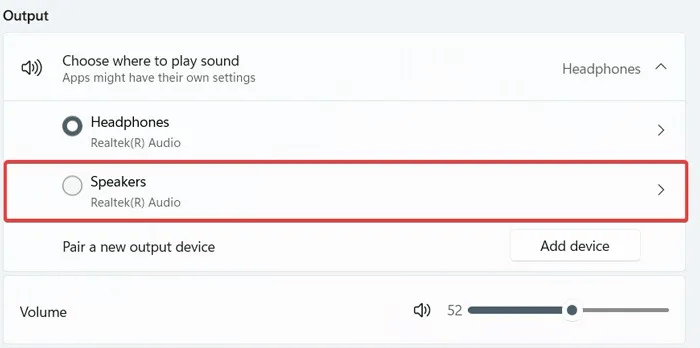
3. Scroll down to the section Spatial sound , and click the down arrow next to "Type" , and select “Windows Sonic for Headphones”.
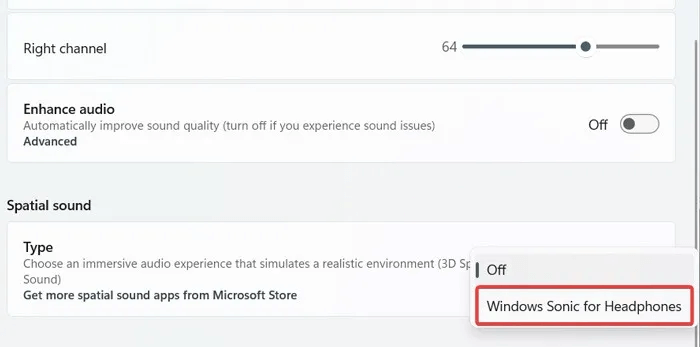
In Windows 10, you will need to click the button Device Features within “Choose an output device” To display this option.
If Windows' default 3D audio isn't satisfactory, you can download and enable other spatial audio formats from the Microsoft Store. For example, it can help you: DTS SoundUnbound Experience immersive audio while gaming with headphones. If you're a movie buff, you can download the audio format. DolbyAccess To hear more details and realism while watching a movie.
5. Activate mono audio
Mono audio makes both the left and right audio channels produce a single sound at the same time. As a result, it can be a useful feature for improving sound quality, especially when using headphones. Enable it as described in the steps below.
- Open “Settings -> System -> Sound.”
- Search for an option monophonic within the section "Directing" , then enable it to merge both audio channels.
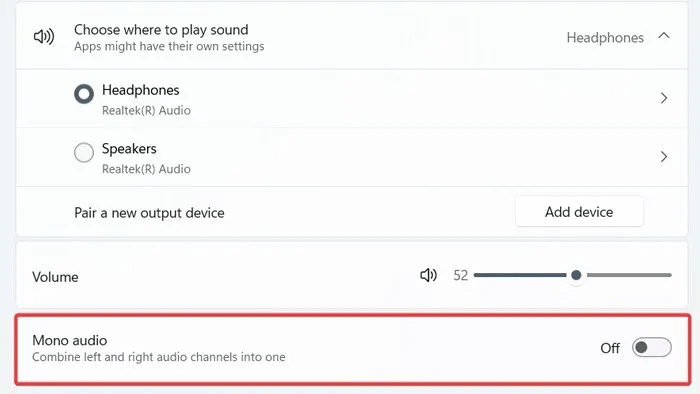
3. If you are using Windows 10, you will need to go to Settings -> Ease of Access -> Sound To find the option.
Good to know: Learn about How to Increase Maximum Size in Windows.
6. Update audio drivers
May lead to Windows Update To improve sound and microphone quality and fix any related issues, you should also remember to update your audio drivers manually, as new operating system updates will not do this. Follow the instructions below to update them.
- Right-click on the Start menu and select "Device Manager" from the popup.
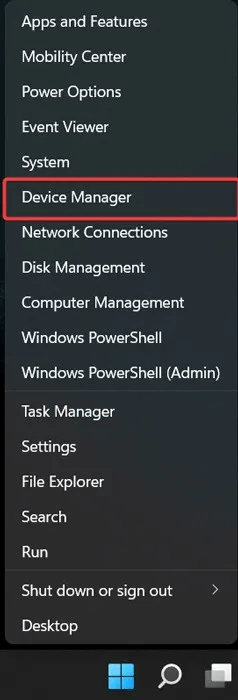
2. Scroll down to find Audio, video and game controllers , click the arrow to expand it, and then right-click the audio driver in question to select "Update Driver".
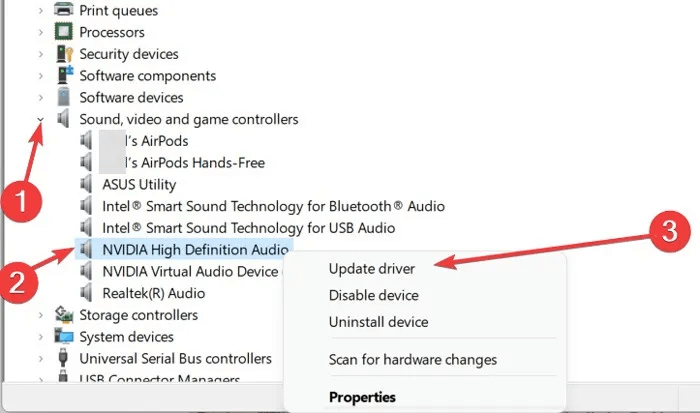
3. Choose “Search automatically for drivers.”
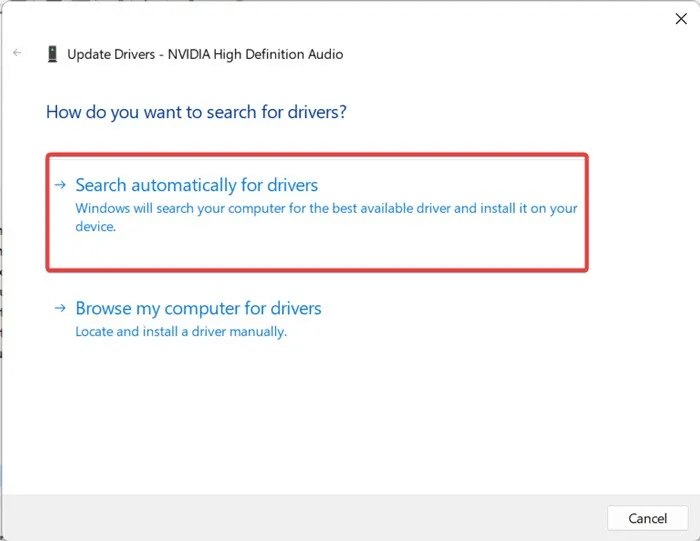
4. Repeat these steps for other audio drivers to make sure they are all updated.
7. Use Realtek Audio Console
Windows 11 and 10 come with a built-in Realtek Audio Console app that allows you to remove echo and other unwanted noises when using your microphone. We'll show you how to use it below.
- Click start menu , and search for Realtek Audio Console And open it.
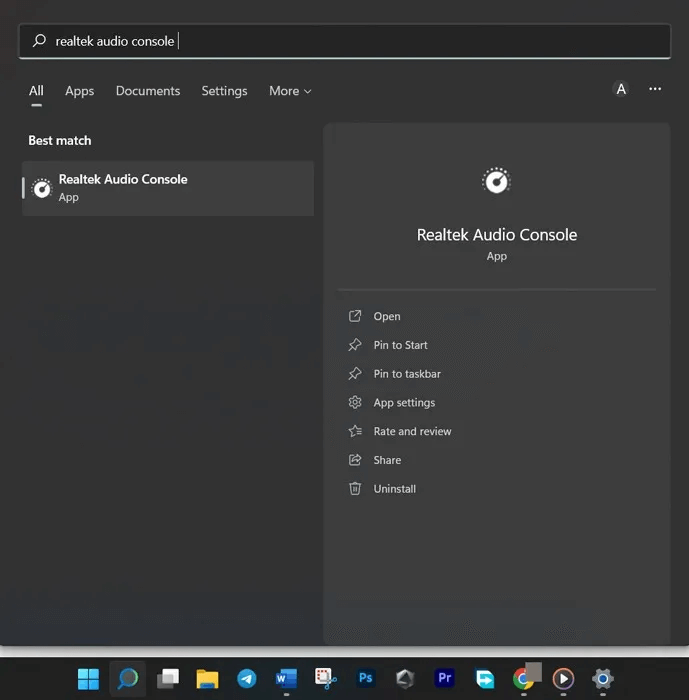
2. Select Microphone Array Or any other recording device from the left side of the window and enable the feature. AEC By clicking the button Switch.
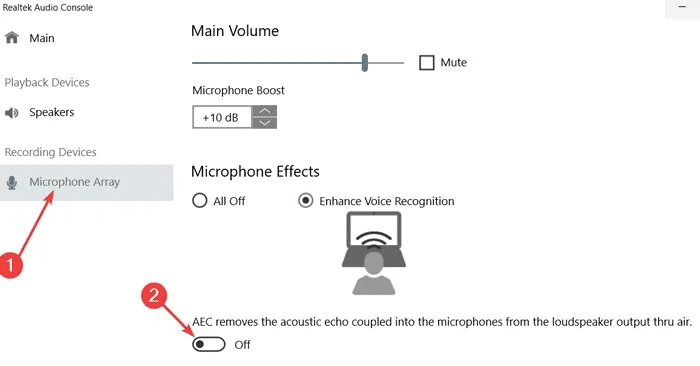
8. Install third-party audio enhancement software.
If none of these methods help improve your audio and microphone quality in Windows, you can download and use third-party applications to improve your computer's audio quality. Below is a list of suggestions:
Frequently Asked Questions
Q1. Why is my sound distorted in Windows?
answer. First, check your speakers. Make sure the speaker jack is firmly inserted into your computer's speaker/headphone port. If distortion persists, try switching your speakers or headphones to determine if they're causing the distortion. Audio driver issues may also be to blame, so make sure they're up to date.
Sometimes, a microphone that's actively receiving input will create a feedback loop and pick up sound from your speakers, while your computer sends the microphone input back through the speakers. In this case, you'll need to create more distance between the microphone and the speakers. Alternatively, try lowering your speakers or reducing the microphone's sensitivity.
On the other hand, if you Not receiving sound in Windows So, follow this helpful guide.
Q2. What do I do if the app I'm using doesn't recognize the microphone?
answer. Grant the app microphone permission. If you accidentally selected "Deny" or the app didn't request microphone access, you can enable it in Settings -> Privacy & Security -> Microphone. Make sure the app you're using has access to your microphone.



